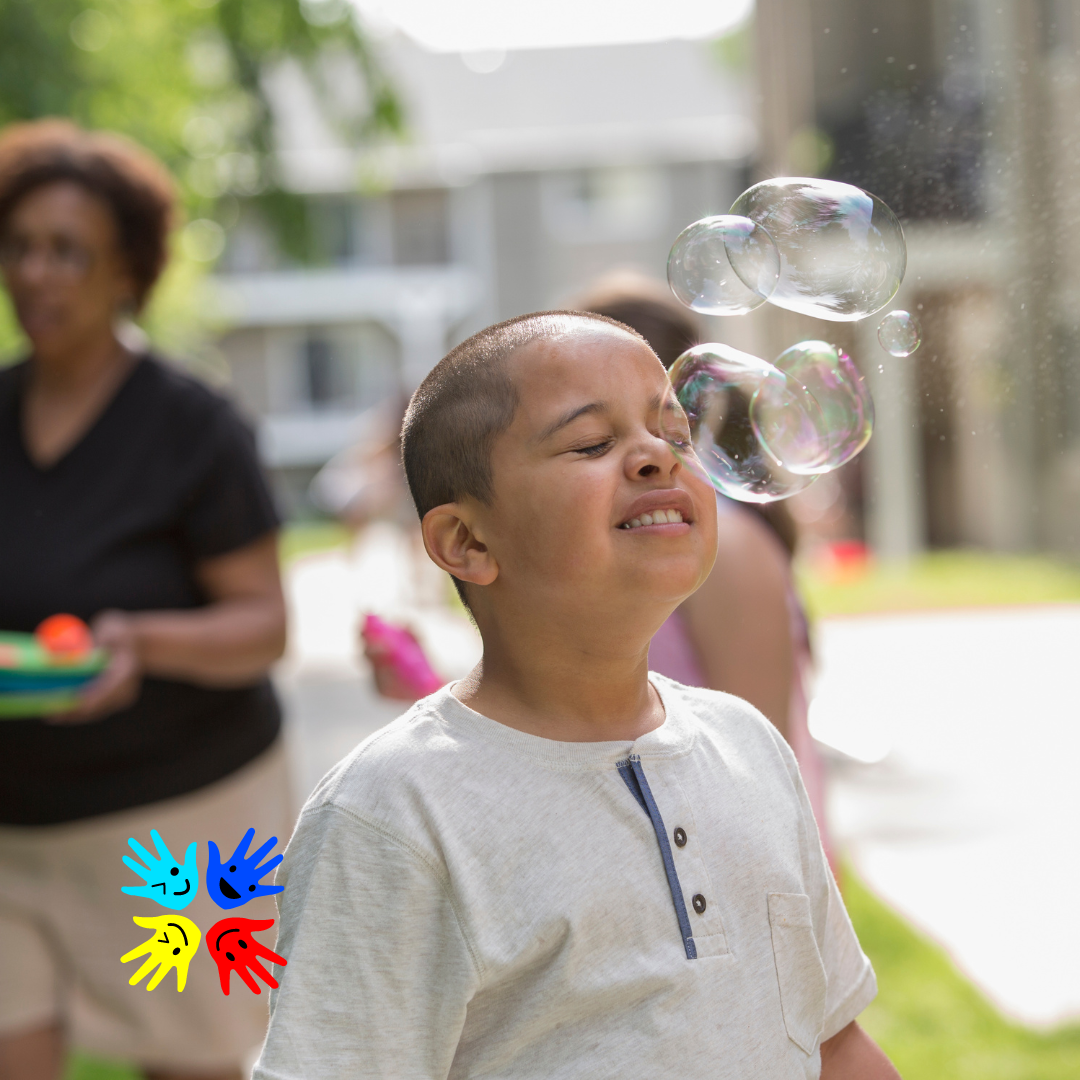Understanding the Process of Autism Assessment

Identifying whether a child is on the autism spectrum is of utmost importance, and an autism assessment is critical to achieving this. Our article offers a detailed guide on the entire process, including the indicators clinicians watch out for and the different assessment tools utilized.
The Importance of Autism Assessment
For parents who suspect their child may be showing signs of autism, getting an assessment is crucial. Identifying these signs early and scheduling an evaluation can have a significant impact, as early intervention is vital in managing autism. It’s essential to avoid a passive “wait and see” approach and actively seek professional guidance if any red flags are noticed.
The Initial Steps in Autism Assessment
Clinical Observation
The first step in the process is clinical observation. The child is observed in a relaxed setting, often during play. Notes are taken on the child’s behavior and interaction with others.
Parent Interview
If signs of autism are observed, a parent interview, often structured like the Autism Diagnostic Interview-Revised (ADI-R), is conducted. This consists of questions about the child’s development, social communication, and behavior.
If there are still tangible signs of autism after these steps, a formal autism assessment is conducted.
The Autism Diagnostic Observation Schedule (ADOS)
The ADOS assessment is widely recognized as the gold standard for diagnosing autism. It’s used worldwide because it follows a standardized approach, ensuring every clinician conducts it consistently.
– The ADOS is a play-based assessment that lasts about 45 minutes to an hour. Scenarios involve pretend play, looking through books, and for verbal children, discussions about their feelings and other people’s feelings.
– The ADOS consists of four modules and a toddler module. The child’s age and verbal communication level determine the module used.
– The clinician records and codes the child’s interactions during the ADOS. This coded information helps determine if the child falls within the autism spectrum.
Additional Assessments and Tools
Childhood Autism Rating Scale (CARS):
CARS is a checklist-based tool focusing on 14 domains, including imitation, verbal communication, non-verbal repetitive behavior, etc. This tool provides additional information and can be conducted on a separate day to avoid overwhelming the child.
Autism Spectrum Rating Scales (ASRS):
Parents, teachers, or childcare providers fill out this scale if applicable. It consists of 70 questions on various aspects of a child’s behavior. In addition, the ASRS helps gather comprehensive information from different sources and settings, such as school and home.
Final Steps in Autism Assessment
After gathering and scoring all the information from the ADOS, CARS, parent interviews, and rating scales, the clinician consults the Diagnostic and Statistical Manual of Mental Disorders (DSM-5). This manual contains the criteria for various disorders, including autism spectrum disorder.
The results are then discussed with the parents, guiding the following steps and whether a diagnosis has been made.
When to Conduct an Autism Assessment
The recommended age to conduct an autism assessment is between 18 months and two years if there are signs of autism. However, early intervention is essential for effectively managing autism, so early estimates are highly encouraged.
Conclusion
Autism assessments are a vital tool in identifying and managing autism early on. The process involves several stages, from initial observation to standardized assessments and consultation of diagnostic manuals. Parents must seek professional advice at the earliest signs, as early intervention can make a significant difference in
managing autism.



3 Responses
[…] what happens after a referral for an autism evaluation can alleviate some of the stress and uncertainty associated with the diagnostic process. With this […]
[…] Understanding the Process of Autism Assessment […]
[…] Full Guide […]